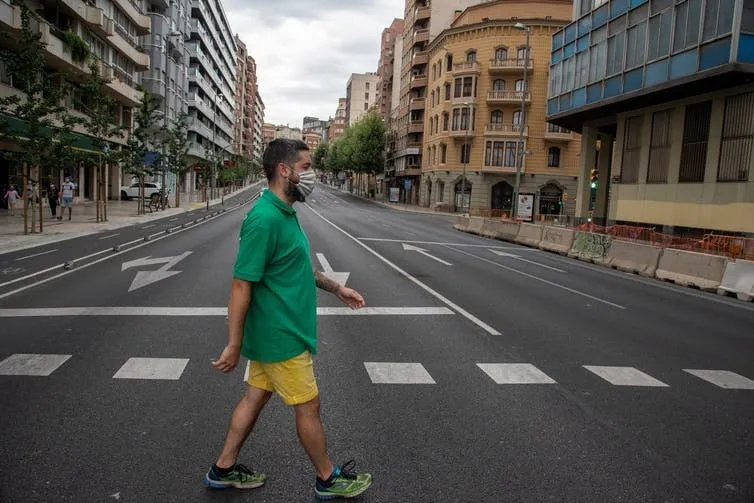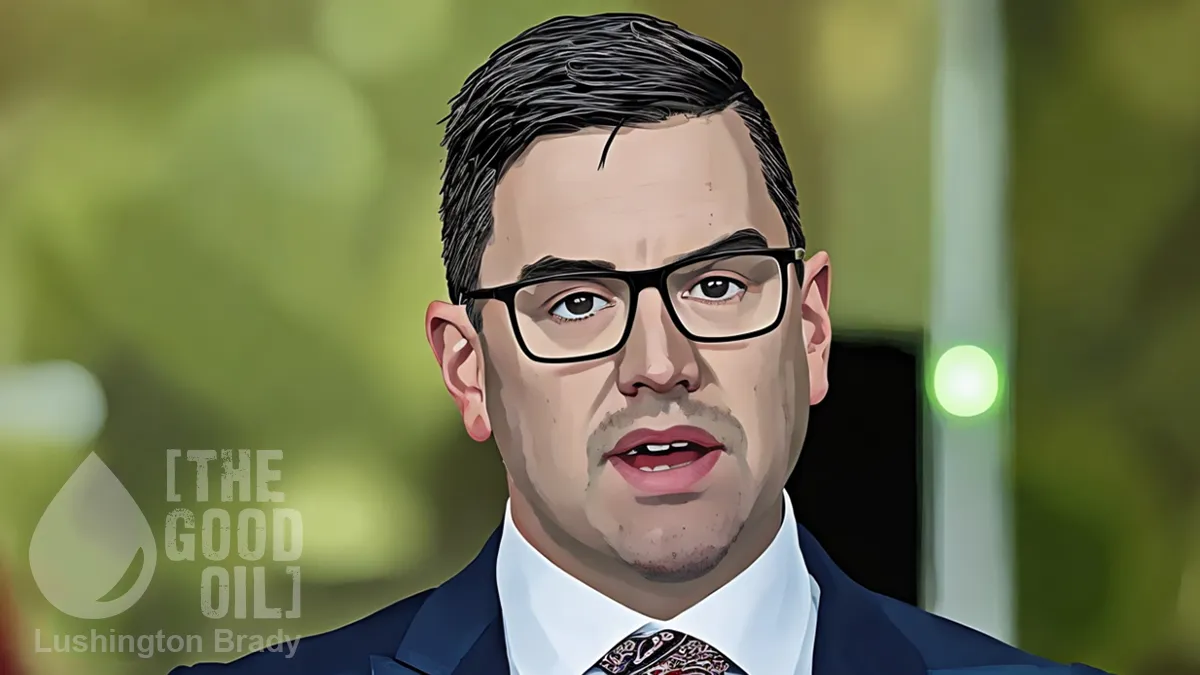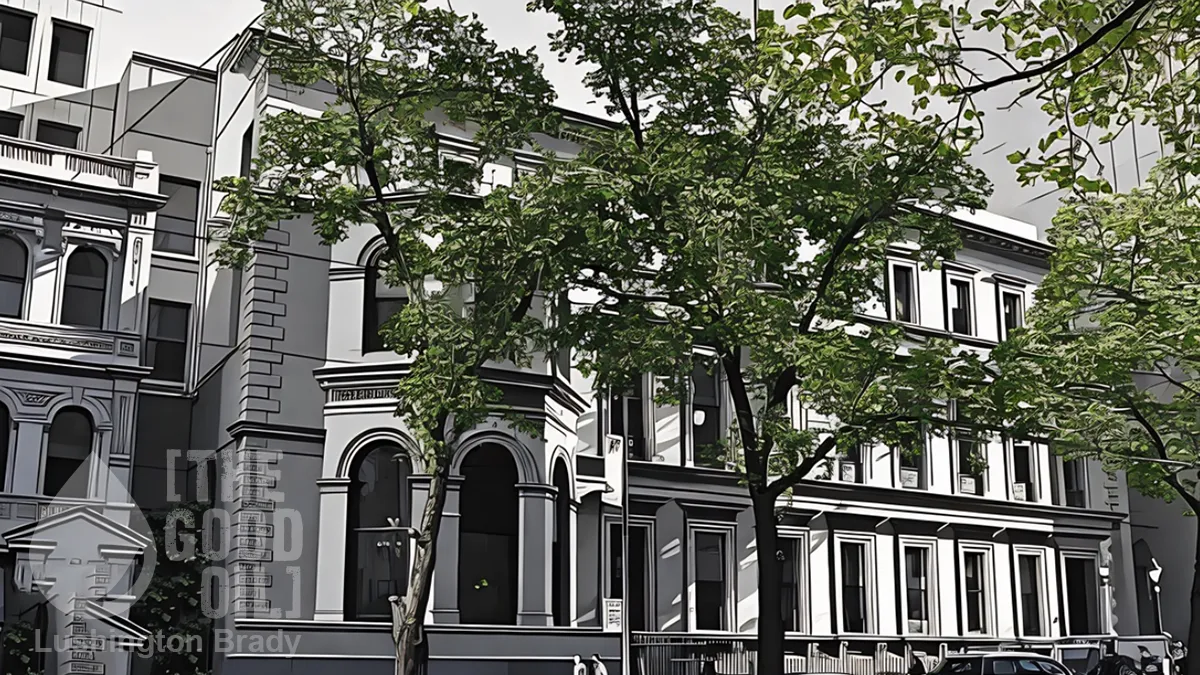The three years of the Covid pandemic have been an instructive masterclass in the madness of elites. Every supposedly responsible group, from governments to “expert advisers”, collectively lost their heads and ran hysterically screaming to the worst possible policy prescriptions imaginable.
One of the stupidest ideas of this conglomeration of credentialled idiots was the conceit that entire economies could just be “paused” without consequence.
To the surprise of absolutely no-one but the Branch Covidians the economic consequences of pandemic policy are coming home to roost, big time.
For the first time since the 1970s, the spectre of stagflation is stalking the world. It’s fast hitting Australia. We’re spending more, but that’s entirely because the prices of everything are spiralling out of control.
Transport spending was up almost 15 per cent, as people once again took to the skies, but also as the cost of fuel surged.
Eating out and going out both also recorded double-digit percentage spending increases over the past year as pandemic restrictions eased and people became more confident to go out.
But transport and hospitality remained the two areas of household spending that had yet to recover to pre-pandemic (January 2020) levels, while economy-wide spending was around 10 per cent higher than it was before COVID-19 hit Australia.
Again, on paper, we’re spending big — but that’s only because of higher prices. Especially on fuel, which has more than doubled.
CBA chief economist Stephen Halmarick said there was already evidence that households were cutting back in other areas.
“Interest rate-sensitive sectors of the economy are clearly starting to show the impact of recent Reserve Bank interest rate increases, with discretionary spending on entertainment, home buying and retail all declining on the month,” he said.
“With further interest rate increases expected through the remainder of 2022, we would expect to see discretionary spending weaken further in coming months.”
Not to mention the impending next spike in fuel prices as the Morrison government’s six-month pause on fuel taxes come to an end. Labor has explicitly ruled out continuing the tax pause (it desperately needs income to even begin to pay for its big spending promises).
So Australians can expect fuel to surge by at least 30% in September.
That’s on top of the highest interest rate hikes in decades. With another 50-basis-point cash rate increase widely expected next month.
CBA’s economists expect the RBA’s official cash rate to rise further from 1.35 per cent currently to 2.1 per cent by the end of this year, leading to slower economic growth and a forecast 15 per cent peak-to-trough drop in house prices by the end of next year.
The prospect of further interest rate rises and house price falls has smashed consumer confidence, which is nearing the pandemic lows seen during the initial lockdowns of March-April 2020.
ABC Australia
The consumer sentiment index has plunged at rates comparable to the GFC and the recessions of the 1990s an 80s. Interest rates are spiking faster than any time since 1994.
Tell me again how you can just switch the economy off and on without blowback.









